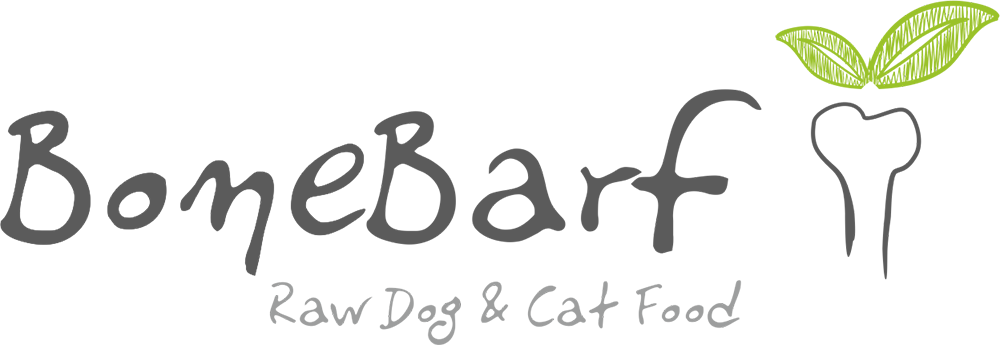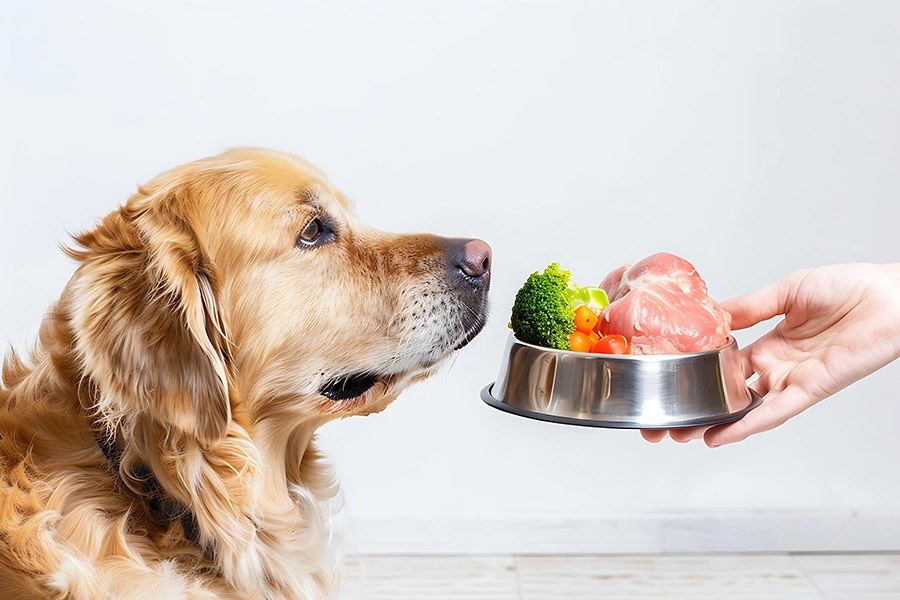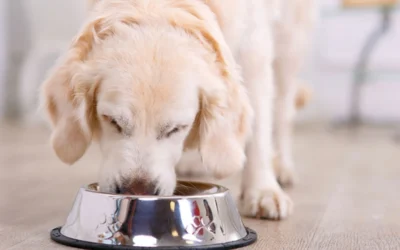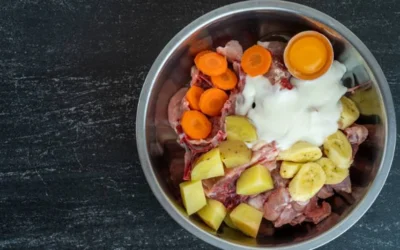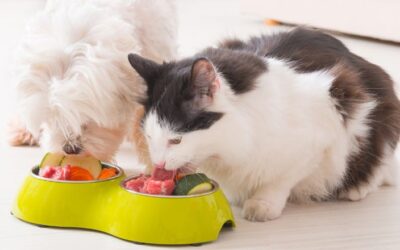We’ve all heard a lot about the BARF diet for dogs and cats. But those who truly understand its benefits also know that the following are simply myths about raw feeding. Here are 6 myths about the BARF diet – and why they’re wrong!
Myth 1: A dog will become aggressive if it eats a raw diet.
False. A dog’s aggression has nothing to do with its diet. Professional dog trainers confirm that aggression is linked to poor socialization and the owner’s handling, not what the dog eats.
Myth 2: A dog will get salmonella from raw chicken.
False. Healthy companion animals can handle significant bacterial loads from food. Dogs’ and cats’ bodies are naturally designed to cope with large amounts of familiar and unfamiliar bacteria. Additionally, a certified raw diet produced and stored according to strict safety standards does not pose a salmonella risk.
Myth 3: Raw-fed dogs carry other bacteria and infections that can be transmitted.
BARF meals are flash-frozen at -40 °C. This process neutralizes harmful microbes. They’re then stored at -20 °C. Combined with high-quality meats and ingredients, this ensures a safe meal with no infection risks for your pet.
Myth 4: A raw diet is just meat.
The BARF diet is a complete meal rich in nutrients, vitamins, and trace elements. It includes everything needed for a balanced diet. Not only pure protein, but also bones, fruits, vegetables, and superfoods. See our products.
Myth 5: Puppies can’t eat BARF.
False. From the moment a puppy is weaned, it can start on a raw diet. The earlier the better, as this avoids preservatives, salt, and artificial colorings found in commercial (dry) foods. 6. Myth 6: Raw bones are dangerous for dogs. In reality, raw bones are essential for a dog’s health. They contain calcium, phosphorus, chondroitin, and glucosamine — all beneficial for oral health, hips, and joints.
